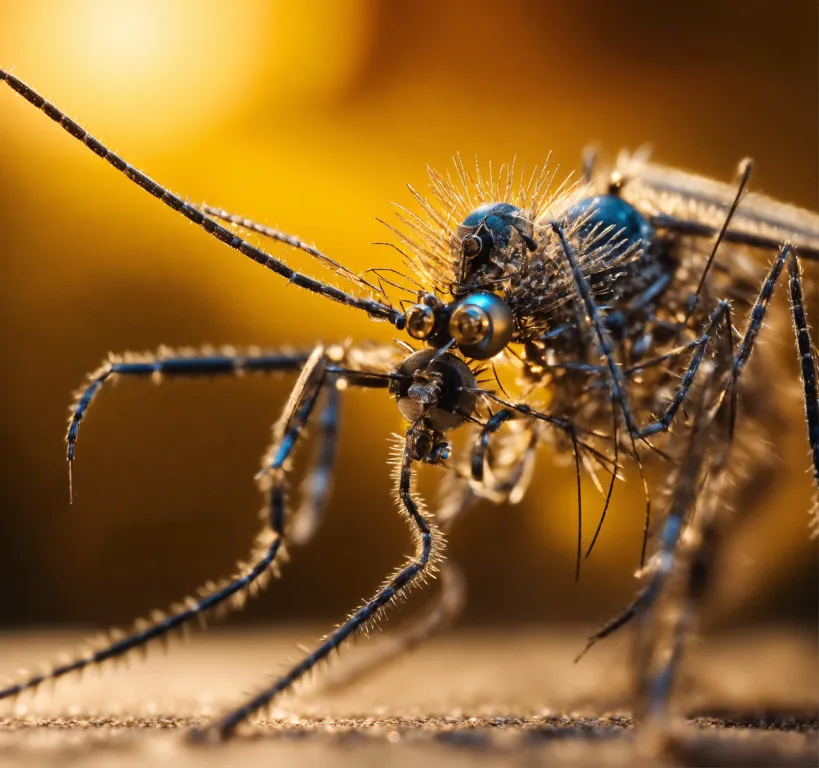Vol. 5. Elsevier Scientific Publishing Company
페이지 정보
작성자 Lorna Reuter 작성일25-09-15 14:05 조회25회관련링크
본문
 A fly-killing gadget is used for pest management of flying insects, comparable to houseflies, wasps, moths, gnats, and mosquitoes. 10 cm (four in) across, connected to a handle about 30 to 60 cm (1 to 2 ft) lengthy fabricated from a lightweight materials resembling wire, wooden, plastic, or steel. The venting or perforations decrease the disruption of air currents, which are detected by an insect and permit escape, and also reduces air resistance, making it simpler to hit a quick-moving target. The flyswatter usually works by mechanically crushing the fly against a tough surface, buy Zappify Bug Zapper after the person has waited for the fly to land someplace. However, users can even injure or stun an airborne insect mid-flight by whipping the swatter by means of the air at an extreme velocity. The abeyance of insects by use of short horsetail staffs and followers is an historic follow, dating again to the Egyptian pharaohs.
A fly-killing gadget is used for pest management of flying insects, comparable to houseflies, wasps, moths, gnats, and mosquitoes. 10 cm (four in) across, connected to a handle about 30 to 60 cm (1 to 2 ft) lengthy fabricated from a lightweight materials resembling wire, wooden, plastic, or steel. The venting or perforations decrease the disruption of air currents, which are detected by an insect and permit escape, and also reduces air resistance, making it simpler to hit a quick-moving target. The flyswatter usually works by mechanically crushing the fly against a tough surface, buy Zappify Bug Zapper after the person has waited for the fly to land someplace. However, users can even injure or stun an airborne insect mid-flight by whipping the swatter by means of the air at an extreme velocity. The abeyance of insects by use of short horsetail staffs and followers is an historic follow, dating again to the Egyptian pharaohs.

Mounted on the projectile is a perforated circular disk, which, in line with advertising copy, "will not splat the fly". Several similar merchandise are bought, largely as toys or novelty items, though some maintain their use as conventional fly swatters. Another gun-like design consists of a pair of mesh sheets spring loaded to "clap" collectively when a set off is pulled, squashing the fly between them. In distinction to the traditional flyswatter, such a design can solely be used on an insect in mid-air. A fly bottle or buy Zappify Bug Zapper glass flytrap is a passive entice for flying insects. In the Far East, it is a big bottle of clear glass with a black metallic prime with a gap within the center. An odorous bait, comparable to items of meat, is placed in the underside of the bottle. Flies enter the bottle in the hunt for food and are then unable to flee because their phototaxis behavior leads them anyplace within the bottle besides to the darker prime the place the entry gap is.
A European fly bottle is more conical, with small feet that raise it to 1.25 cm (0.5 in), with a trough a few 2.5 cm (1 in) large and deep that runs inside the bottle all across the central opening at the underside of the container. In use, the bottle is stood on a plate and some sugar is sprinkled on the plate to draw flies, who eventually fly up into the bottle. The trough is filled with beer or vinegar, into which the flies fall and drown. In the past, the trough was typically crammed with a dangerous mixture of milk, water, and Zappify Bug Zapper official arsenic or mercury chloride. Variants of these bottles are the agricultural fly traps used to combat the Mediterranean fruit fly and the olive fly, which have been in use since the thirties. They are smaller, without toes, and the glass is thicker for tough outdoor usage, usually involving suspension in a tree or bush. Modern versions of this machine are often manufactured from plastic, and could be purchased in some hardware shops.




